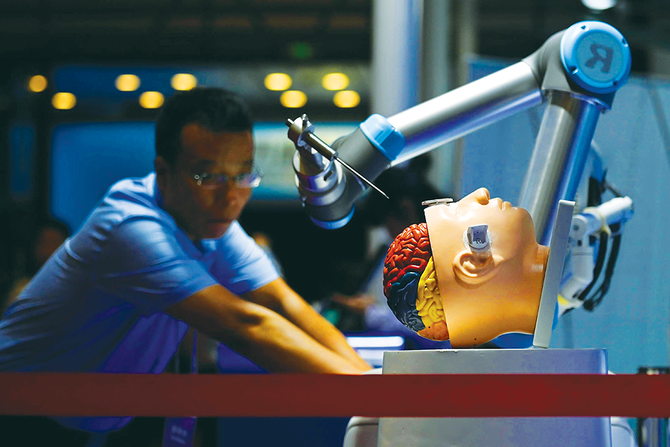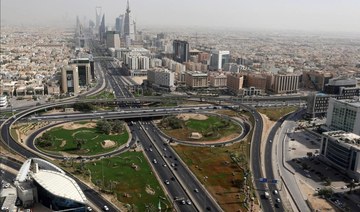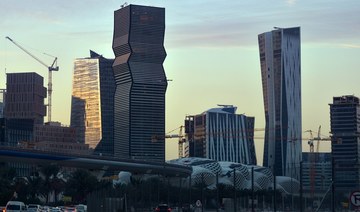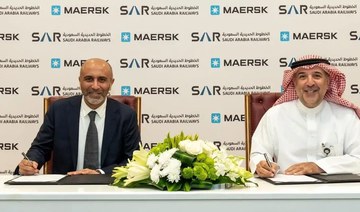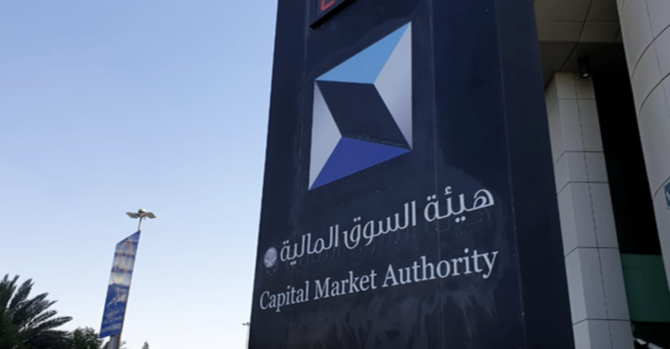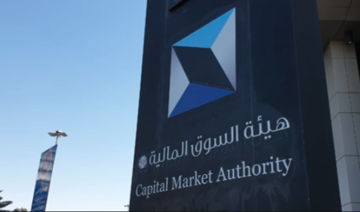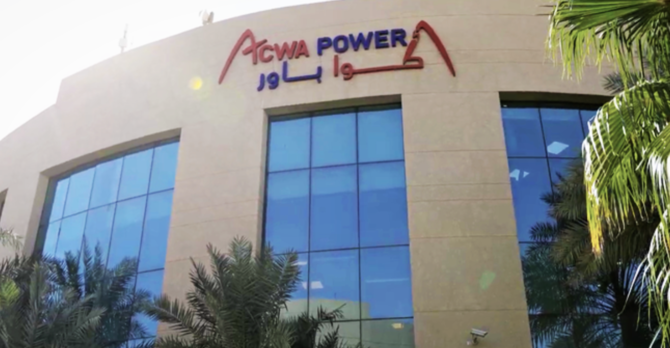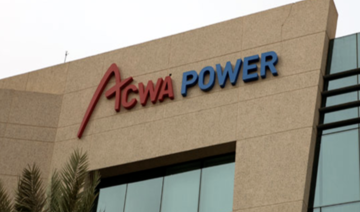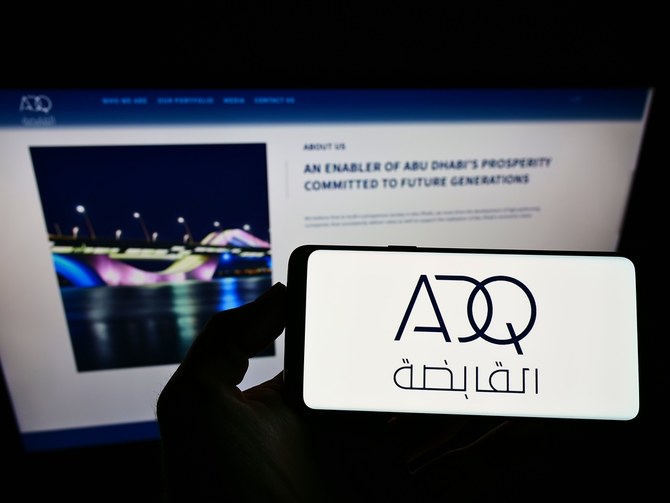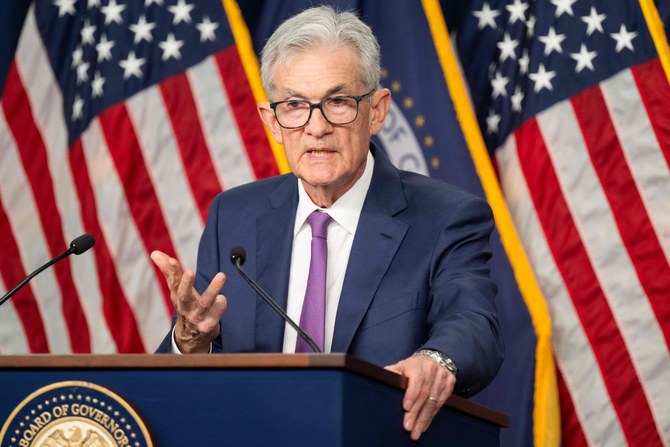RIYADH: Saudi Arabia had the potential to double the size of its economy to $1.6 trillion and add an extra $293 billion by 2030 if it fully adopted intelligently automated systems in all sectors, a report has revealed.
The buoyant outlook for the Kingdom came from research commissioned by Automation Anywhere, a global specialist in robotic process automation (RPA).
The study by professional services giant Ernst and Young computed the impact of incremental automation adoption – a combination of RPA and artificial intelligence (AI) – across all sectors in the country, using three possible scenarios.
The first, an optimistic scenario, conveying a 50 percent incremental intelligent automation adoption by organizations throughout the region, was predicted to add $293 billion to the nominal gross domestic product (GDP) by 2030.
A moderate scenario with a 30 percent adoption rate would provide a $184 billion boost to GDP, while a more conservative 15 percent uptake would be expected to generate an additional $103 billion.
Dinesh Chandra, Automation Anywhere’s regional vice president for the Middle East and Turkey, told Arab News that the coronavirus disease (COVID-19) pandemic had emphasized the need to build a strong business infrastructure based on cloud technology and one that was scalable and efficient, allowing organizations to function under most adverse circumstances.
“The Middle East as a region has a strong appetite toward technology adoption, as it is also a government-driven agenda. We are witnessing a strong uptake of automation adoption in the region, especially among customers from the government, banking and insurance, tourism, energy, and metals segments,” Chandra said.
The report identified three critical enablers to accelerate intelligent automation: The need to speed up the digital transformation of government entities and private enterprises by increasing fast and secure services through the cloud; increased training and development in digital skills; and support for a stronger ecosystem of startups, enterprises, government, and academia to drive innovation.
Milan Sheth, executive vice president for India, the Middle East, and Africa at Automation Anywhere, told Arab News that the Silicon Valley-based company – which has more than 3,000 employees and has been operating for nearly 20 years – had secured $550 million in Series A funding, one of the largest in history, backed by the SoftBank Vision Fund, which itself was supported by the Saudi Public Investment Fund (PIF).
“The SoftBank Vision Fund was our biggest investor. And then within three months of that, two more companies invested in us. Last year, we also had Salesforce (an American cloud-based software firm) investing in our company.
“So, in summary, we raised capital close to $1 billion in the last three years. At the last valuation, we were valued at $7 billion, which was a year back. Probably the valuation would be twice that if we went public in the near future,” he said.
Automation Anywhere operates in 90 countries through partner organizations and has a physical presence in 35 nations.
“In the Middle East, we started our operations in the last quarter of 2018 and the beginning of 2019. The indirect investment we have is from the PIF and the (UAE’s) Mubadala Ventures. The SoftBank Vision Fund is the second-largest investor in the company after the founders. So, we clearly have a very strong connection with the Middle East and want to make sure that we are there,” Sheth added.
Saudi Arabia has laid strong foundations by actively promoting private and public partnerships for its Vision 2030 reform plan, a strategic framework to reduce the Kingdom’s dependence on oil, diversify its economy, and develop public service sectors such as health, education, infrastructure, recreation, and tourism.
The company set up an office in Dubai in 2018 and plans to open another in Riyadh. “We are now in the process of getting the tax structuring finalized with the finance team, and hopefully, we will have a physical presence on the ground in the Kingdom very soon,” he said.
The company has ambitious targets in the region having signed up around 50 clients in the last two years. “We believe that five years from now, we will have somewhere between 800 and 1,000 enterprise customers in the region,” Sheth added.



